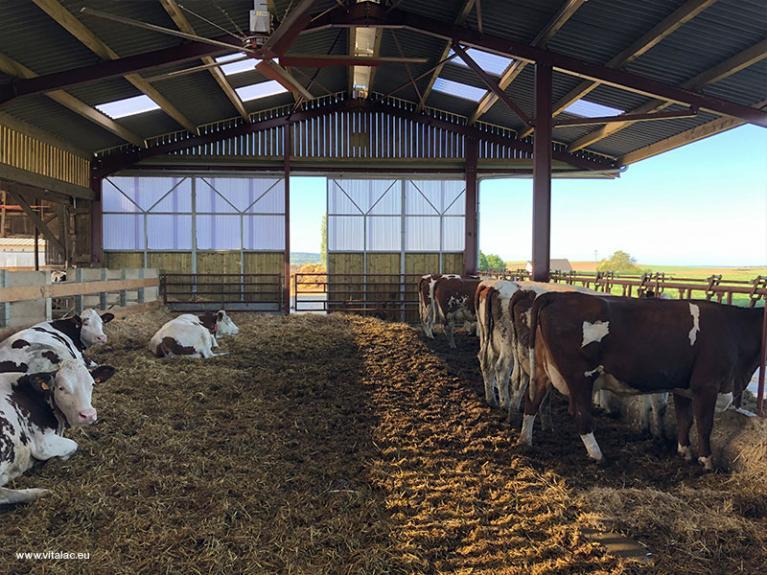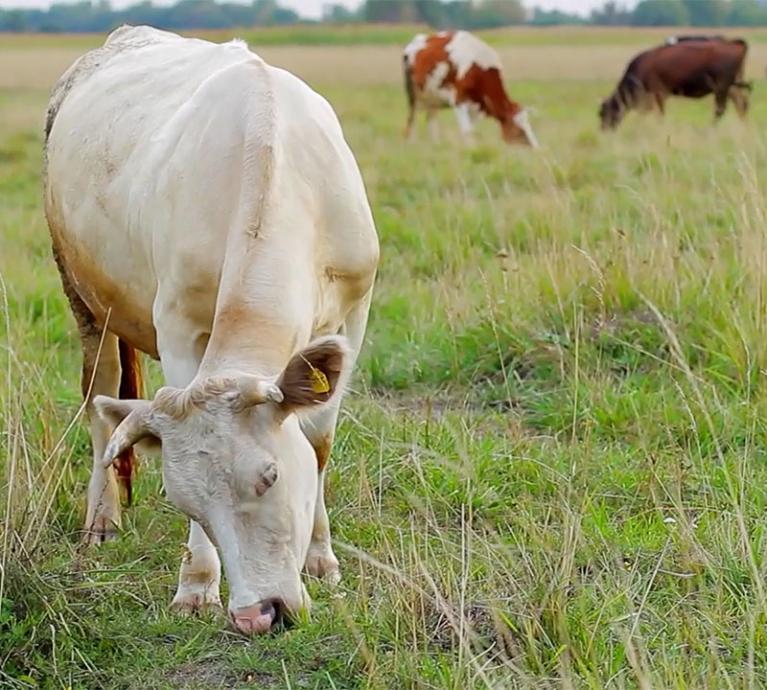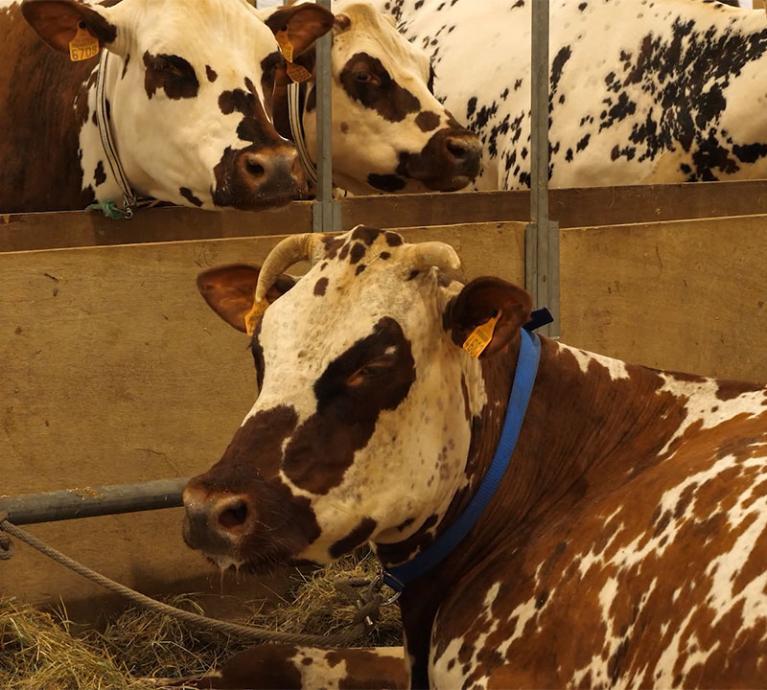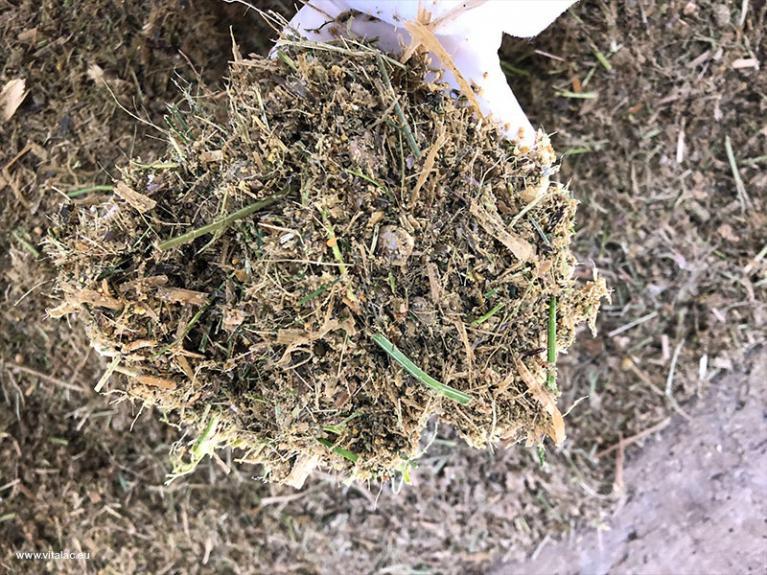- Dairy and beef cattle
- Heat stress
- Ruminants
To cope with heat stress, increase the energy content of the rations
During periods of intense heat, cows eat less even though their energy needs increase. To ensure that the energy deficit doesn’t become worse, Dr Amélie Cornillet, a veterinarian at the nutrition company Vitalac, recommends concentrating the ration with bypass protected fats, alkalinised cereals and glucose precursors.
Heat stress
Advice from the Vet
Why do you recommend concentrating the ration in periods of heat stress?
Cattle eat less during periods of heat stress. Ingestion decreases even though energy requirements increase. This occurs for various reasons: hyperventilation, inflammation due to leaky gut syndrome, an over-stressed immune system, etc. If nothing is done, animals quickly find themselves in an energy deficit situation. Therefore, the farmer’s goal has to be to limit the impact of the reduced feed intake and meet the increased needs with a smaller ration that has a higher energy content. This is called concentrating the ration.
How can this be done without increasing the risk of acidosis?
Heat stress is an aggravating factor in the risk of ruminal acidosis. Therefore, acidogenic feed cannot be used, e.g. concentrates containing a lot of starch. To increase the energy content of the ration, Increase the amount of net energy per kg of DM. This is the case for bypass protected fats, such as Vitafat® or Vegelin®, assimilated by the body directly in the intestine, as well as alkalized cereals such as XL Grain®, designed to make the cereal non-acidogenic and to increase its protein content.
What is the benefit of providing a glucose precursor product?
Blood tests performed on cattle during heat stress conditions systematically show low levels of blood glucose. This is because a large proportion of the sugars synthesised by the body are used to fight the inflammation caused by leaky gut syndrome. Under these conditions, it is easy to understand why it is important to increase the blood glucose levels. To do this, I recommend using glucose precursors in the ration, particularly propylene-based products such as Glycoline®, which will provide energy in a non-acidogenic form and will be converted directly into glucose.
How should Glycoline® be used and what results can be expected?
Glycoline® doses between 150 and 200 ml/day should be added to the ration for dairy cows during hot periods. In 2016, Vitalac monitored a farm in Cyprus that used Glycoline® all summer long. When temperatures of 40°C are reached, milk production often decreases by 10 kg; with Glycoline®, production was reduced by only 5 kg. It has been estimated that the return on investment is close to €1 per cow per day. It should be added during periods of persistent heat - temperatures over 28°C for several days in a row - starting a bit beforehand and extending for a bit afterwards. Glycoline® is also very palatable. It can be used in top feeding, added to the ration in the middle of the day: the cows will come eat an additional serving.



